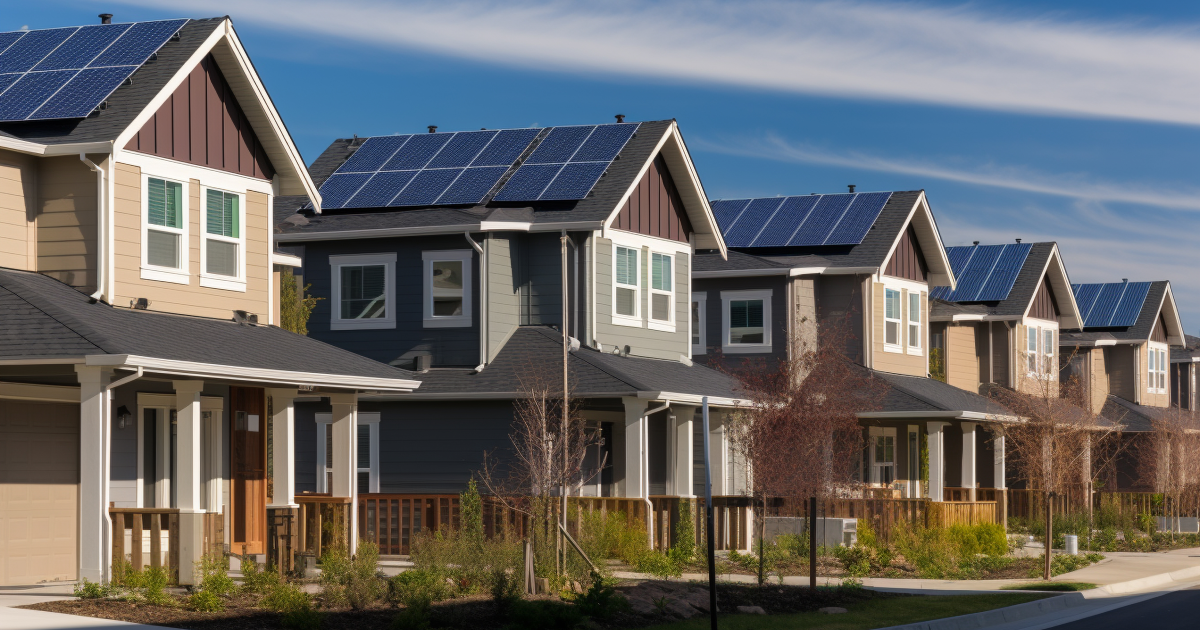As environmental concerns grow and homeowners look for more sustainable ways to live, green building has become an increasingly popular option in the construction industry. Building green refers to designing and constructing homes that prioritize energy efficiency, sustainability, and reduced environmental impact. While the benefits of green building are clear in many ways, there are also challenges and trade-offs to consider. Find out here the pros and cons of building green. Get the facts from construction experts about green building practices and their facts.
If you’re thinking about building a green home, it’s important to weigh the pros and cons to determine if it’s the right choice for your project. Here’s a breakdown of the key advantages and potential drawbacks of building green.
Pros of Building Green
Energy Efficiency and Lower Utility Bills
One of the most significant benefits of building a green home is the potential for long-term energy savings. Green homes are designed with energy efficiency in mind, utilizing advanced insulation, energy-efficient windows, solar panels, and high-performance heating and cooling systems. By reducing the amount of energy needed to heat, cool, and power your home, you can significantly lower your monthly utility bills.
Green homes also often feature energy-efficient lighting and appliances, further reducing energy consumption. Over time, these savings can offset some of the higher upfront costs associated with green building materials and systems.
Benefit:
Lower energy usage leads to reduced utility bills and long-term financial savings.
Environmental Impact
Building green is a direct way to reduce your environmental footprint. Green homes are designed to use fewer natural resources and generate less waste, which is essential for minimizing their impact on the environment. Materials used in green building often come from renewable or recycled sources, reducing the demand for nonrenewable resources like wood, metal, and fossil fuels.
Additionally, green homes are designed to conserve water, utilize sustainable landscaping practices, and reduce air pollution through energy-efficient systems. This approach contributes to a more sustainable future, helping combat issues such as deforestation, water scarcity, and climate change.
Benefit:
Green homes are better for the environment, contributing to the preservation of natural resources and reducing carbon emissions.
Improved Indoor Air Quality
Many traditional building materials contain harmful chemicals and volatile organic compounds (VOCs) that can negatively affect indoor air quality. Green homes, on the other hand, use materials and finishes that have low or no VOCs, improving the overall air quality inside the home. Additionally, green homes often incorporate advanced ventilation systems that help remove pollutants and regulate airflow, creating a healthier living environment.
For families with allergies, asthma, or other respiratory issues, improved indoor air quality can make a significant difference in their overall health and well-being.
Benefit:
Green building materials and systems promote healthier indoor air quality, reducing exposure to harmful chemicals and allergens.
Higher Resale Value
As more buyers become interested in sustainability and energy efficiency, green homes are becoming increasingly desirable in the real estate market. A well-built green home can command a higher resale value than a traditionally built home, as buyers are often willing to pay more for a property that offers lower energy costs, better indoor air quality, and eco-friendly features.
In addition to attracting eco-conscious buyers, green homes often have modern designs and advanced systems that appeal to a broader audience, making them a strong investment for the future.
Benefit:
Green homes tend to have a higher resale value due to increased demand for sustainable, energy-efficient properties.
Government Incentives and Rebates
Many local, state, and federal governments offer incentives for building green, making it more affordable for homeowners to adopt sustainable practices. These incentives may include tax credits, rebates for energy-efficient appliances, or grants for installing renewable energy systems like solar panels. By taking advantage of these programs, you can offset some of the upfront costs of building a green home.
Some green building certifications, such as LEED (Leadership in Energy and Environmental Design), may also qualify you for additional financial incentives.
Benefit:
Government programs and tax incentives can help reduce the initial cost of building a green home, making it more accessible for homeowners.
Cons of Building Green
Higher Upfront Costs
One of the main drawbacks of building green is the higher upfront cost compared to traditional construction. Sustainable materials, energy-efficient systems, and advanced technologies tend to be more expensive than conventional options. For example, installing solar panels, using eco-friendly building materials, or integrating smart home systems may significantly increase the initial cost of building your home.
While many homeowners recoup these costs over time through energy savings, the higher upfront investment can be a barrier for some people, especially if they have a limited budget.
Drawback:
Building green often requires a larger upfront investment, which may be challenging for homeowners with tighter budgets.
Availability of Materials and Skilled Labor
Another challenge in green building is the availability of materials and skilled labor. Some eco-friendly materials, such as reclaimed wood or certain energy-efficient systems, may not be widely available, leading to delays in construction or higher shipping costs. Additionally, not all contractors are experienced in green building techniques, making it more difficult to find a skilled team to execute your project.
In some cases, builders may need to be specially trained in green building certifications like LEED or ENERGY STAR®, which can limit your options for contractors.
Drawback:
Limited availability of green materials and skilled labor can lead to delays and higher costs during the construction process.
Longer Payback Period
While building a green home can lead to significant long-term savings on utility bills, it may take several years to fully recoup the initial investment. The payback period depends on factors like the cost of materials, the efficiency of the systems installed, and the cost of energy in your area. For homeowners who are not planning to stay in their home for many years, the financial benefits of green building may not be fully realized.
Additionally, while government incentives can help reduce upfront costs, not all homeowners qualify for these programs, and they may not cover the entire cost of sustainable upgrades.
Drawback:
It may take several years to recoup the higher initial costs of building green through energy savings and lower utility bills.
Complexity of Building Codes and Permits
Building green often involves navigating a complex set of building codes, permits, and certifications. Local building codes may not always align with sustainable practices, and securing the necessary permits for eco-friendly systems like solar panels or water-saving technologies can be time-consuming. Additionally, homeowners seeking green building certifications like LEED may need to go through additional inspections and documentation to meet the certification standards.
This complexity can add time and cost to the construction process, making it more challenging to complete your green home on schedule.
Drawback:
Green building may involve navigating complex regulations and certification processes, potentially causing delays and added costs.
Limited Design Flexibility
While green building offers many benefits, it can also limit your design options. Some eco-friendly materials and technologies have specific requirements that may influence the overall design of your home. For example, passive solar design, which uses the sun’s energy to naturally heat and cool a home, requires strategic placement of windows and other architectural features. This can restrict your design choices or limit the amount of customization possible.
For homeowners with a very specific design vision, these limitations may feel restrictive.
Drawback:
Green building practices may limit design flexibility due to the specific requirements of sustainable systems and materials.
Conclusion
Building green offers numerous benefits, from energy efficiency and lower utility bills to improved indoor air quality and a reduced environmental impact. However, there are also challenges to consider, including higher upfront costs, limited availability of materials, and longer payback periods. By weighing the pros and cons, you can make an informed decision about whether building a green home is the right choice for your project. Find out here the pros and cons of building green. Get the facts from construction experts about green building practices and their facts.
For many homeowners, the long-term benefits of sustainability, energy savings, and environmental responsibility outweigh the initial challenges, making green building an investment in both their home and the future.


